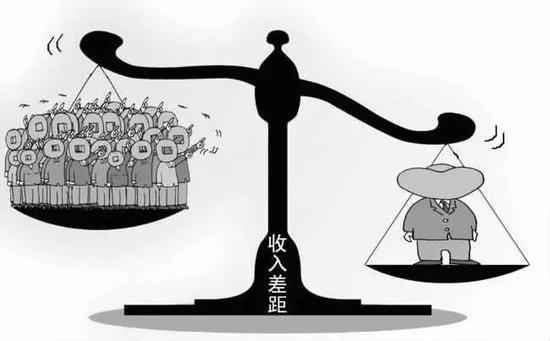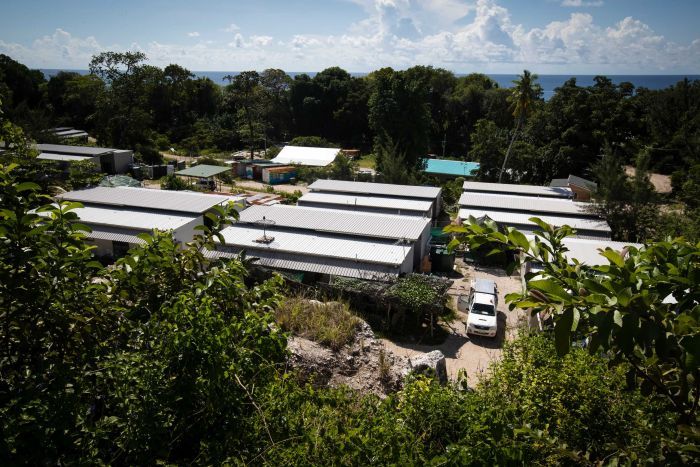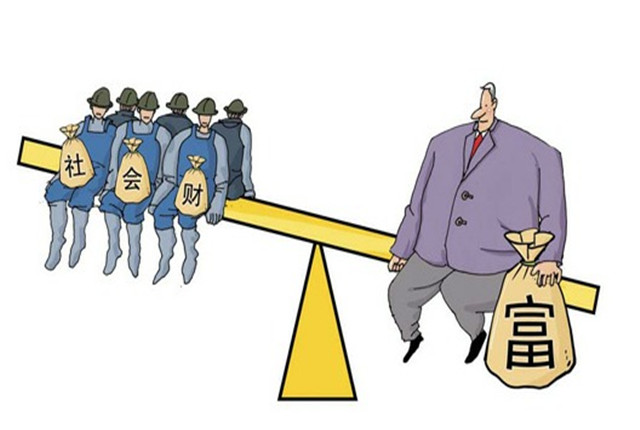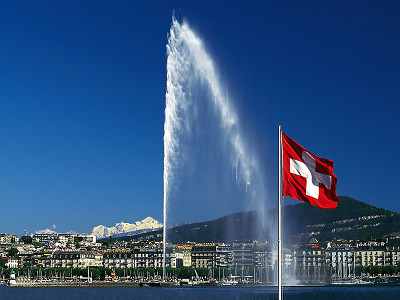Wealth inequality

As part of the report, we explored the extent of wealth inequality in major countries around the world by observing the percentage of millionaires’ wealth control. A higher percentage indicates that the country’s wealth is less averaging. For example, if a high net wealth person controls more than 40% of a country’s wealth, the proportion of the middle class is less, and ideally, less than 30%.

The most equal country (based on the proportion of national wealth controlled by high net wealth people)
Japan (24%)
New Zealand (27%)
Norway (27%)
Germany (28%)
Sweden (28%)
Denmark (29%)
South Korea (29%)
Finland (29%)
Australia (30%)
Canada (30%)
The low ratio in Japan is attributed to:
Most of the middle class or communities with more than 35 million people are wealthy. Common prosperity means that all individuals have a net worth of more than $100,000.
The smaller part of the billionaire. Japan has 34 billionaires behind the United States, China, India, Russia and the United Kingdom.
A handful of people with more than one billion assets. Only three billionaires have more than one billion dollars in assets, and Japan’s wealthiest people have more than $20 billion in assets (that is, she is not the world’s 30 richest man).

Other notable economic countries (based on the proportion of national wealth controlled by high net wealth people)
United States (36%)
United Kingdom (36%)
China (40%)
South Korea (42%)
India (48%)
Malta (51%)
Russia (54%)
Saudi Arabia (56%)
World average (36%)
Another interesting method is to measure the average degree by the percentage of billionaires who control the country’s wealth. Russia is at the forefront of 21%, and Japan is also known as the country with the highest average wealth at 3%.
5 population density and wealth

In the process of wealth analysis, we note that countries with low-density populations such as Canada and Australia are considered to be part of the world’s richest countries based on per capita wealth, with countries with high population densities such as Nigeria, Ethiopia, Bangladesh. And Pakistan is considered to be the poorest country in the world.
Rainfall also has an impact on this topic. Countries with high rainfall can also retain more people, as Ethiopia is more arid, which makes more people (more than 1 million) unable to grow here and meet the standards of human survival.
Of course, there is also a saying that high-density population = lower per capita wealth. Notable examples include Hong Kong, Macau, Liechtenstein, Luxembourg and Singapore (all economies), which are wealthy despite the high population density.
It is worth noting that in W10, Canada and Australia have relatively low population densities (compared to countries in the rankings). We expect population density to contribute to the wealth growth of these two countries.
In our opinion, why is the population density low?
Less dependent on trade and resources with other countries
Smaller competition for land and resources within the country
A small amount of waste and pollution – high water protection – the river system is less affected
More natural scenery. Wildlife will thrive better and improve the quality of life in the local area.
6 richest countries in the world
6.1 Cities in the world
Recently we have explored cities with higher global wealth rankings. The results are as follows:
Note: Total wealth: refers to the total value of the net assets (real estate, cash, stock market, commercial profit) owned by citizens of a country at a given time. Government funds are not counted in the total wealth.
Note: Data is due by December 2018.
Rank 20 in the country of wealth:
New York: The city has a total wealth of $2.9 trillion and has the world’s two largest stock exchanges (Dow Jones and NASDAQ). The surrounding areas of New York City such as Connecticut (Greenwich, Darien, Wes Porter, Hampton, Long Island North Shore (Old Westbury, Big Neck, Sandpoint) gathers a large amount of wealth that is not counted as the total number of countries.
Tokyo: The city has a total wealth of 2.5 trillion US dollars and has the world’s third largest stock exchange.
London: The city has a total wealth of $2.4 trillion and is the seventh-largest stock exchange in the world. London towns such as Windsor, Ascot, Virginia Water Bay, Leatherhead, Weybridge, Henry, Marlow and Buhry are gathered together with a large amount of wealth that is not counted as the total number of countries.
San Francisco Bay Area: The city’s total wealth is $2.3 trillion, and the San Francisco Bay Area includes San Francisco and Silicon Valley (including cities and towns such as San Jose, Palo Alto, Redwood City, Los Altos, Mount View)
Beijing: The total wealth of the city is 2.1 trillion US dollars. It is the capital of China. The headquarters of many well-known Chinese companies are here.
Shanghai: The total wealth of the city is 1.9 trillion US dollars. Shanghai is China’s financial center and the fourth-ranked Shanghai Stock Exchange.
Los Angeles: The city’s total wealth is $1.3 trillion. Los Angeles’ total wealth includes Los Angeles, Malibu, Laguna Beach, Newport Beach, and Beverly Hills.
Hong Kong: The total wealth of the city is 1.3 trillion US dollars. Hong Kong is regarded as the trade center of Eurasia and has the fifth largest stock exchange in the world.
Sydney: The total wealth of the city is $1 trillion. Sydney is Asia’s leading financial center. It has become a super-rich city because of its lifestyle and its security and climatic conditions. The city’s main industries include financial services, real estate, technology, tourism, retail and media.
Singapore: Cities and states have a total wealth of $9.95 billion. Singapore is considered the most business-friendly country with the lowest tax revenue.
Chicago: The total wealth of the city is $66.8 billion. It has a strong diversified economy and has contributed to development in several important industries.
Mumbai: The total wealth of the city is 914 billion US dollars. Mumbai is India’s financial integration center, which has the world’s tenth largest stock exchange. The main industries are financial services, real estate and media.
Toronto: The city’s total wealth is $88.7 billion. It has the world’s ninth largest stock exchange. Its main industries are financial services, real estate, media, technology and communications.
Houston: The city has a total wealth of $8.52 billion and has more Fortune 500 companies, with the main industries being basic resources (oil and gas, biotechnology, construction and aviation).

Geneva: The total wealth of the city is $821 billion, and the wealth management industry and the family-based industrial cluster. The country with the richest retired population and a country with more millionaires (after Macao).
Frankfurt: The city has a total wealth of US$8.2 trillion. It has the world’s 12th largest stock exchange and is a financial center in central Europe. It is a major industry through financial services and professional services.
Osaka City: The total wealth of the city is 7.8 billion US dollars, the second largest city in Japan. Manufacturing, technology, retail, real estate, and transportation are its main industries.
Seoul: The total wealth of the city is US$7.65 billion. It is the financial and economic center of Korea. Its main industries are technology, real estate and manufacturing. High net wealth people control more than half of the country’s wealth
Paris: The total wealth of the city is $758 billion. The main industries are financial services, real estate and manufacturing (automobiles and luxury goods), and the data also includes the city of Upper Seine.
Shenzhen: The city’s total wealth is 7.5 billion US dollars. Next to Hong Kong, Shenzhen is considered to be China’s high-tech industrial center, with China’s second largest stock exchange, ranking eighth in the world. Huawei and Tencent are the two major symbols of Shenzhen.
Melbourne is considered one of the cities with the greatest wealth growth in the next decade. Many large Australian companies (like Rio Tinto, ANZ, Telstra, BHP) provide a strong foundation for Melbourne’s economic development. The main industries are: financial services, major resources (minerals), technology, biotechnology, communications and manufacturing. It is worth noting that Melbourne is the most liveable city certified by EIU.

